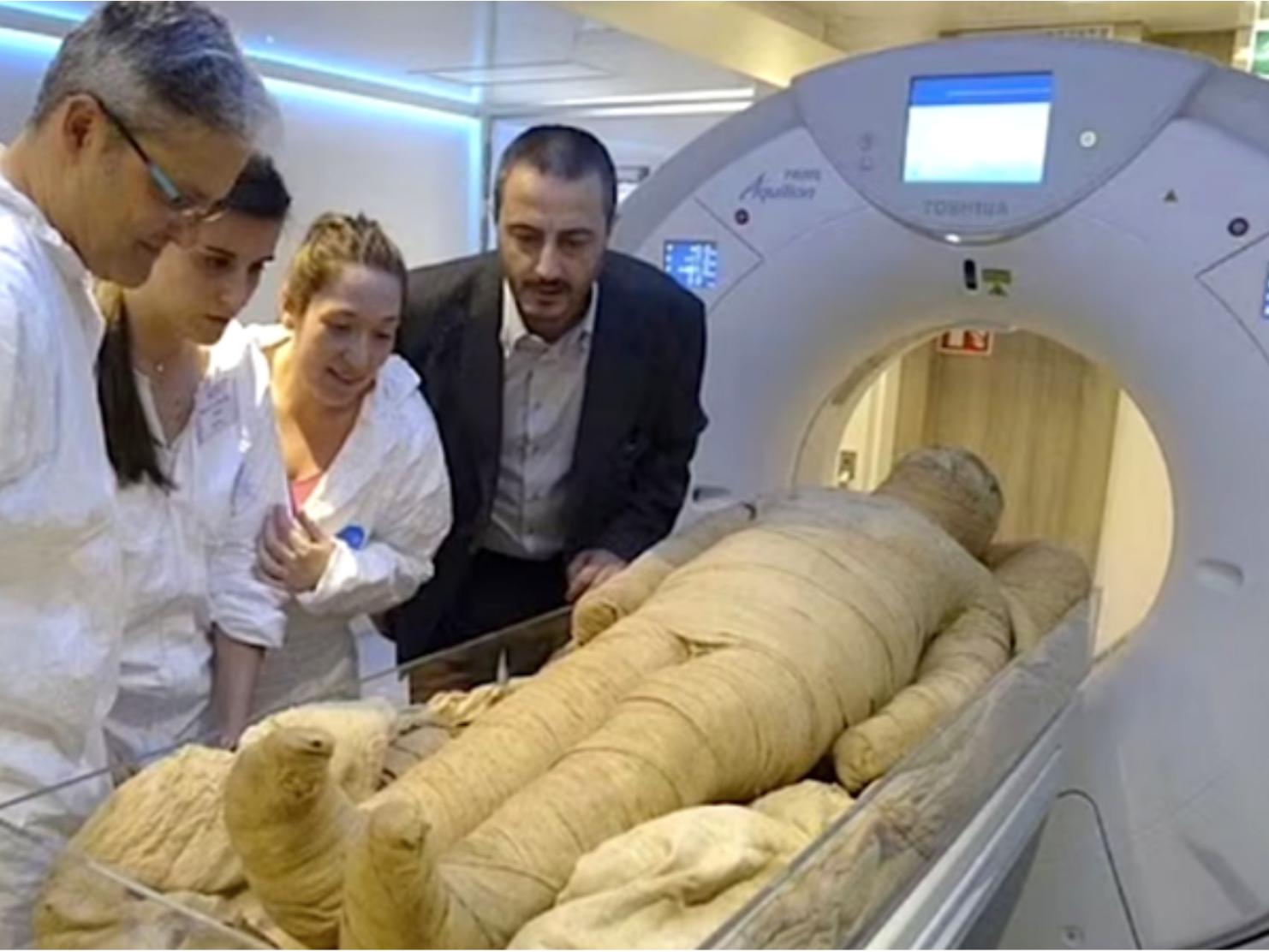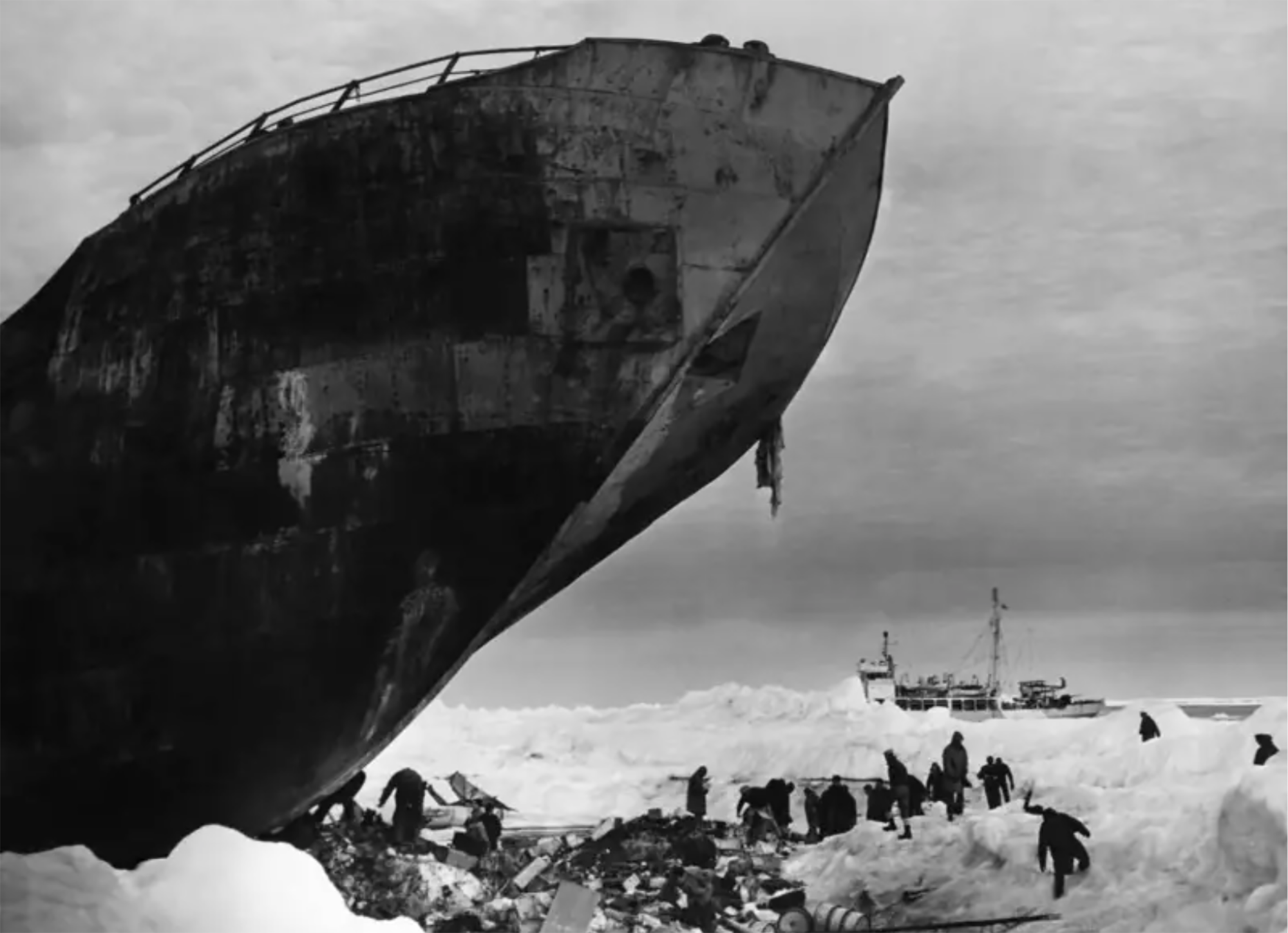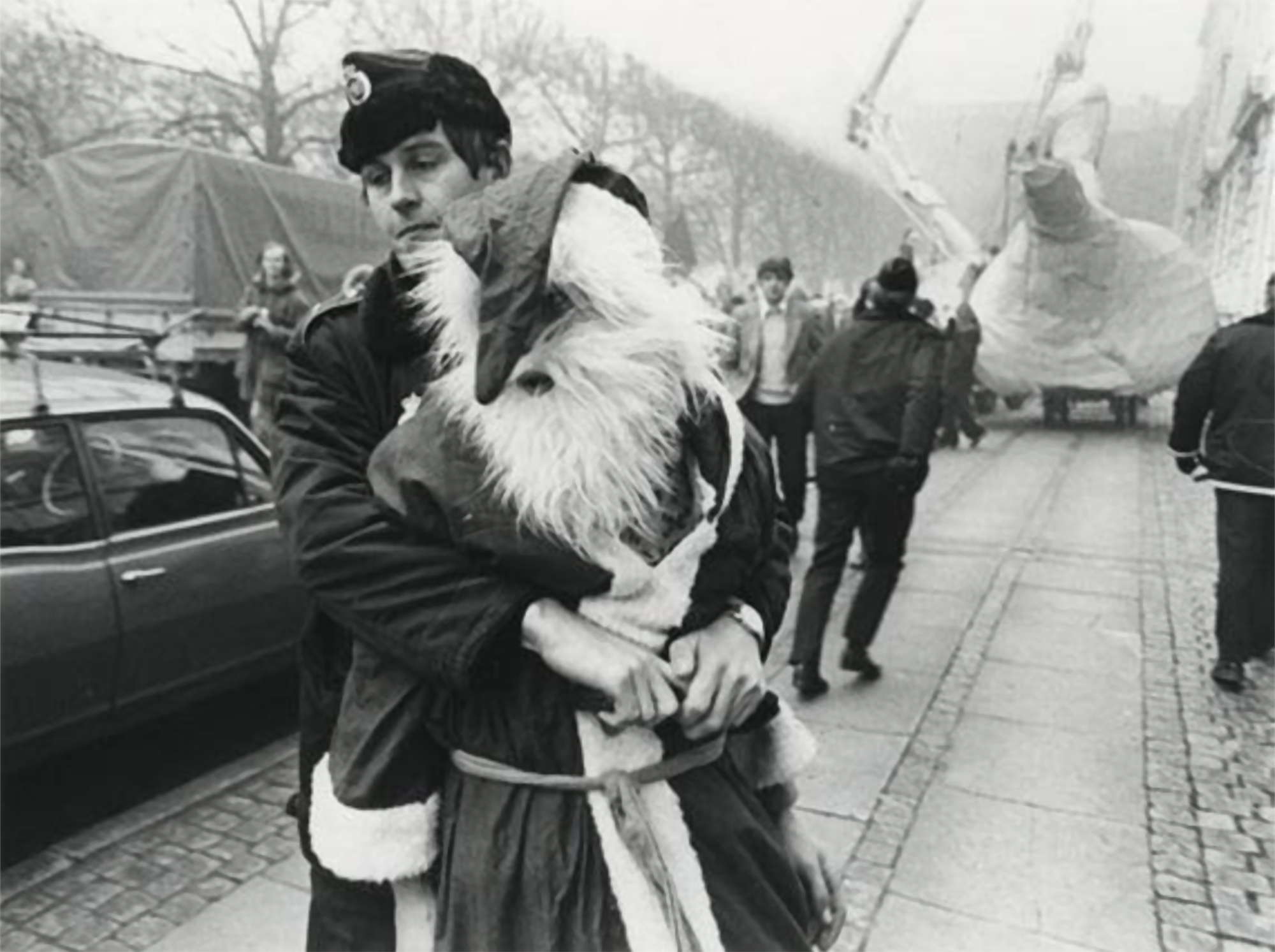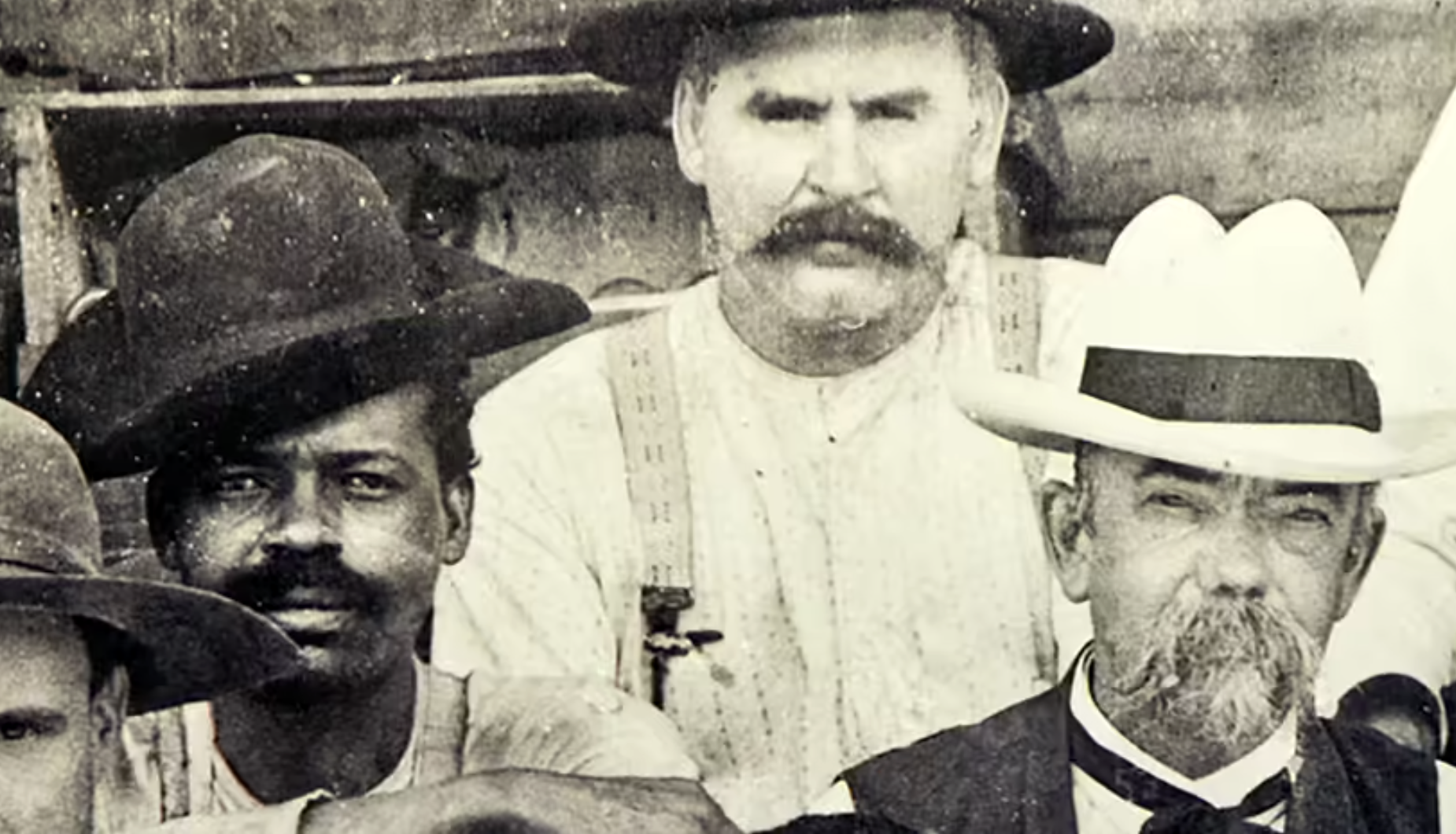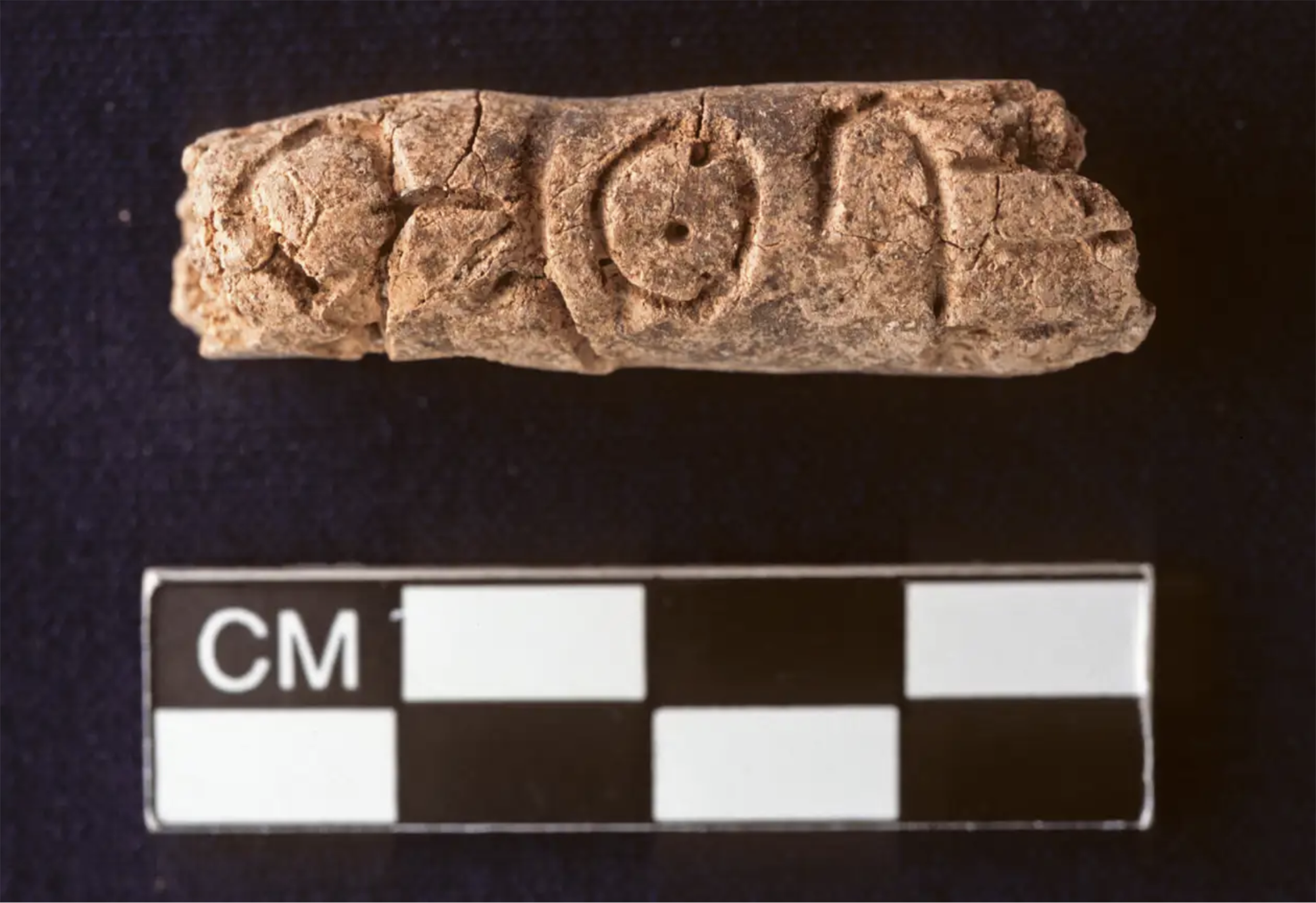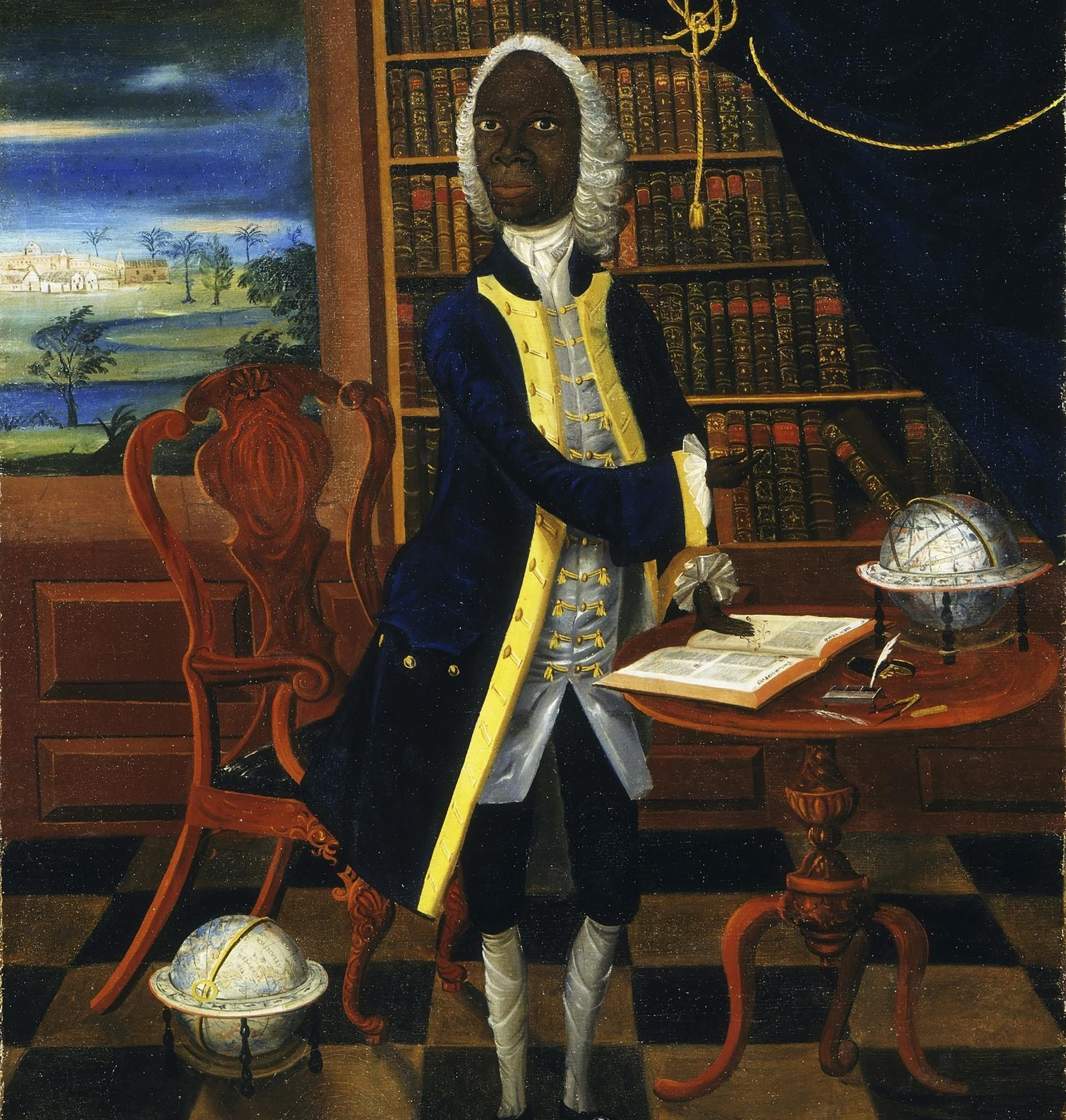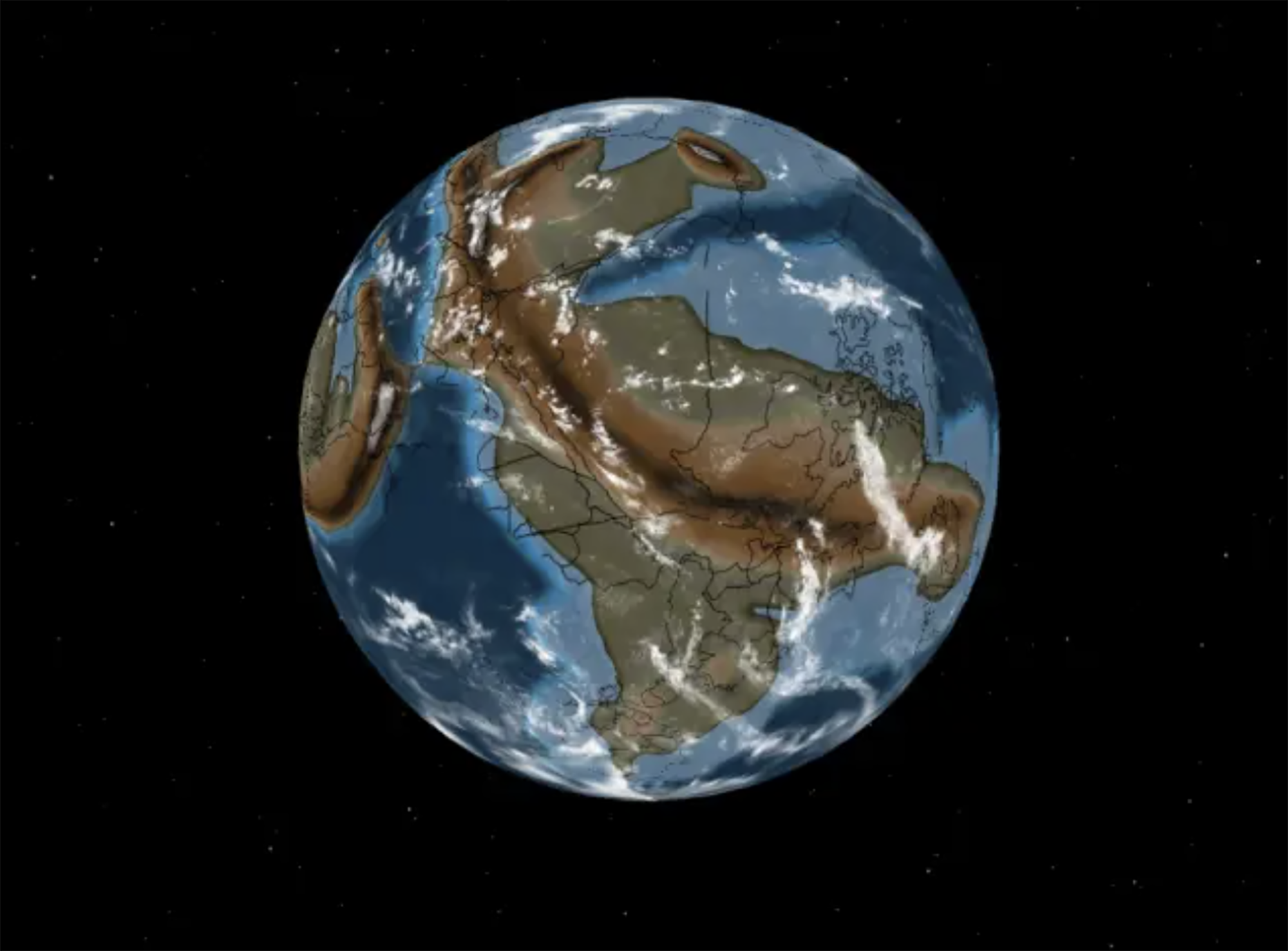Madrid is not the tomb of fascism
- Madrid, 1939. Before the city fell into the hands of the Francoists, it was considered the capital against global fascism, thanks to the propaganda of the republican government and the famous anti-fascist intellectuals who passed there during the war. The winners thought of changing the capital to Seville, Salamanca or Burgos to get rid of its taste in Madrid. But they decided to change Madrid itself. Historian Pablo del Hierro has just met in Madrid, a (neo-)fascist metropolis ("Madrid, metropoli (neo)fascist", Critic, 2023).
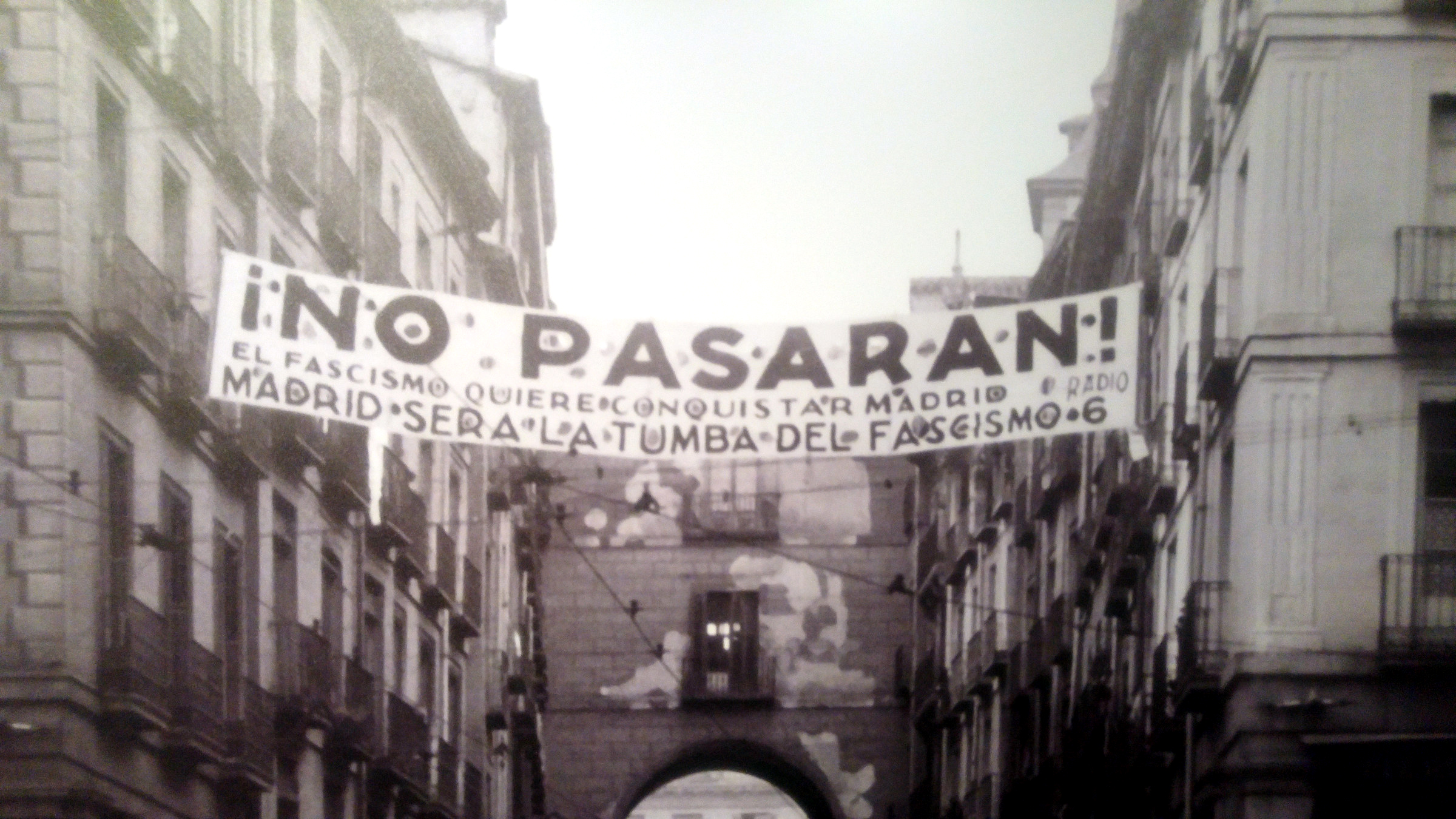
As a young woman from Madrid, Del Hierro saw the influence of the extreme right in the city as young. Among other things, the Atlético de Madrid was in the football field when the fascist fans of its endearing band killed Aitor Zabaleta. “That stayed in my head and, although it is not the only reason, it is one of the things that has led me to write the book.”
As soon as they took Madrid, the Francoists began to change the image of the city: they changed the names of the streets, made a strong repression in some neighborhoods, started some urban project, invited personalities from Italy of Mussolini and from Hitler’s Germany…
At the end of World War II, Madrid became the ratlines station, the refuge of the criminal wars that were fleeing. They were fairly informal structures made up of important members of fascist regimes, such as those that helped the head of the secret services of Mario Roatta Mussolini to reach Madrid. Louis Darquier de Pelleix, in charge of the expulsion of the Jews from France, also hid in Madrid with his help, as did others who collaborated with the Third Reich. It's hard to know exactly how many they were, but Iron thinks they were at least a few hundred.
The comfort of the cold war
While the Cold War is coming, the fascists hiding in Madrid were meant to survive, but from 1949 they began to rebuild their economic and political activity.
Thus, Italian General Gastone Gambara would be the main intermediary of the wheat trade between Argentina and Spain. Former SS colonel Otto Skorzeny created companies dedicated to imports and exports, even during his stay in Markina-Xemein with the production of weapons, and tried to organize armies in secret. The Belgian León Degrelle spent 50 years in Madrid after an emergency landing at the Concha de San Sebastian in 1945 and had relations with the neo-fascist groups of the 1960s and 1970s. On the other hand, several South American dictators ended up in Madrid around the extreme right network: Marcos Pérez Jiménez, Fulgencio Batista, Ramfis Trujillo…
At the end of World War II, Madrid became the ratlines station, the refuge of the criminal wars that were fleeing
New fascists 70
A while later, a new generation of far-right militants gained strength in the city in the 1970s. These young people, who did not experience the Spanish Civil War of 1936, were critical of the Franco regime and believed that it was necessary to act beyond speeches, violence. The Young Europe of Vicente Talón and the New Force of Blas Piñares were mainly organized. This led to enormous spiral violence. In Madrid, two neo-fascist organizations competed to show which was more radical.”
Thus, an environment conducive to a coup was being promoted. But when the 1981 coup failed and in 1982 the PSOE won the elections, they had to go back. Here ends the road that Pablo del Hierro takes, but not the extreme right. “It’s still to know what the VOX has taken in Madrid from the extreme right-wing voices they had for decades.” 40 years ago they had to go back and think about new strategies, but Madrid was not the burial of fascism.
Japan, 8th century. In the middle of the Nara Era they began to use the term furoshiki, but until the Edo Era (XVII-XIX. the 20th century) did not spread. Furoshiki is the art of collecting objects in ovens, but its etymology makes its origin clear: furo means bath and shiki... [+]
In an Egyptian mummy of 3,300 years ago, traces of Yersinia pestis, the bacterium that caused the Justinian plague in the 6th century and the Black Plague in the 14th century, have just been found.
Experts until now believed that at that time the plague had spread only in... [+]
Greenland, the end of the 10th century. The first Scandinavian explorers and settlers arrived on the island. But by the 15th century these settlements had been abandoned and the original Inuit remained. But in 1721, the missionary Hans Egede organized an expedition and the... [+]
In 2017, Indonesia and the Netherlands signed an agreement to return the heritage stolen by the European country because of colonialism for three centuries. The Indonesian responsible for the return process, Gusti Agung Wesaka Puja, explained that this agreement "was important in... [+]
Greece 1975. The country began the year as a republic, three weeks earlier, in the referendum on 8 December 1974, after the citizens decided on the end of the monarchy.
A decade earlier, in 1964, when King Paul I died, his son Constantine took the throne at the age of 23.
But... [+]
Copenhagen, 18 December 1974 At 12 noon a ferry arrived at the port, from where a group of about 100 Santa Claus landed. They brought a gigantic geese with them. The idea was to make a kind of “Trojan Goose” and, upon reaching the city, to pull the white beard costumes... [+]
Tennessee (United States), 1820. The slave Nathan Green is born, known as Nearest Uncle or Nearest Uncle. We do not know exactly when he was born and, in general, we have very little data about him until 1863, when he achieved emancipation. We know that in the late 1850s Dan... [+]
New York, 1960. At a UN meeting, Nigeria’s Foreign Minister and UN ambassador Jaja Wachucu slept. Nigeria had just achieved independence on 1 October. Therefore, Wachuku became the first UN representative in Nigeria and had just taken office.
In contradiction to the... [+]
Researchers at Johns Hopkins University have discovered several cylinders with inscriptions at the present Syrian Reservoir, the Tell Umm-el Marra. Experts believe that the signs written in these pieces of clay can be alphabetical.
In the 15th century a. The cylinders have... [+]
London 1928. At the Victoria and Albert Museum there was a very special painting: in the painting there is a black man, with wig and Levite, surrounded by books and scientific instruments. Thus it was catalogued in the Museum: “Unique satirical portrait representing a failed... [+]
Ethiopia, 24 November 1974. Lucy's skeleton was found in Hadar, one of the oldest traces of human ancestors. The Australian hominid of Australopithecus afarensis is between 3.2 and 3.5 million years old.
So they considered it the ancestor of species, the mother of all of us. In... [+]
A group of archaeologists from the University of Berkeley, California, USA. That is, men didn't launch the lances to hunt mammoths and other great mammals. That was the most widespread hypothesis so far, the technique we've seen in movies, video games ...
But the study, published... [+]
Zamora, late 10th century. On the banks of the Douro River and outside the city walls the church of Santiago de los Caballeros was built. The inside capitals of the church depict varied scenes with sexual content: an orgy, a naked woman holding the penis of a man… in the... [+]
Born 7 November 1924. A group of anarchists broke into Bera this morning to protest against the dictatorship of Primo de Rivera and to begin the revolution in the Spanish state.
Last October, the composition of the Central Board was announced between the displaced from Spain... [+]










